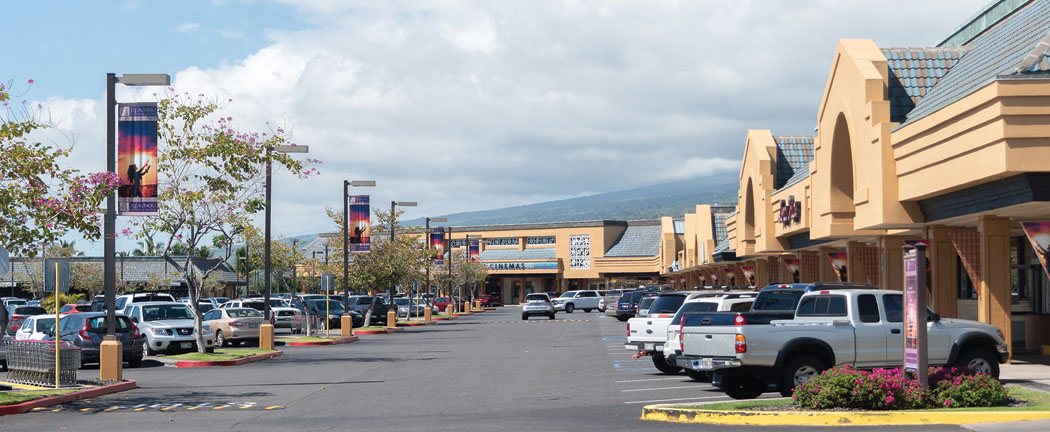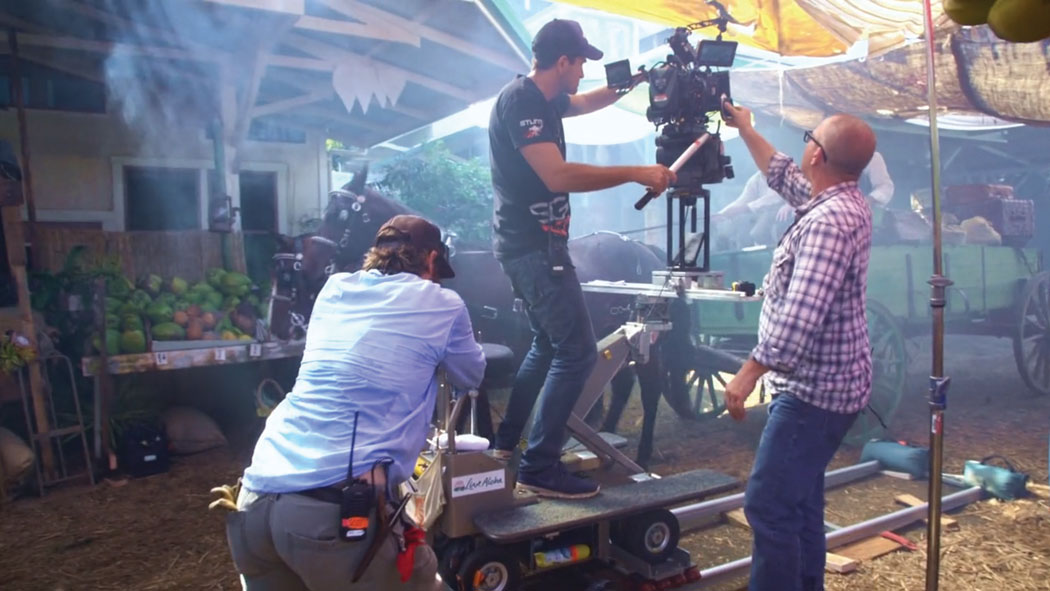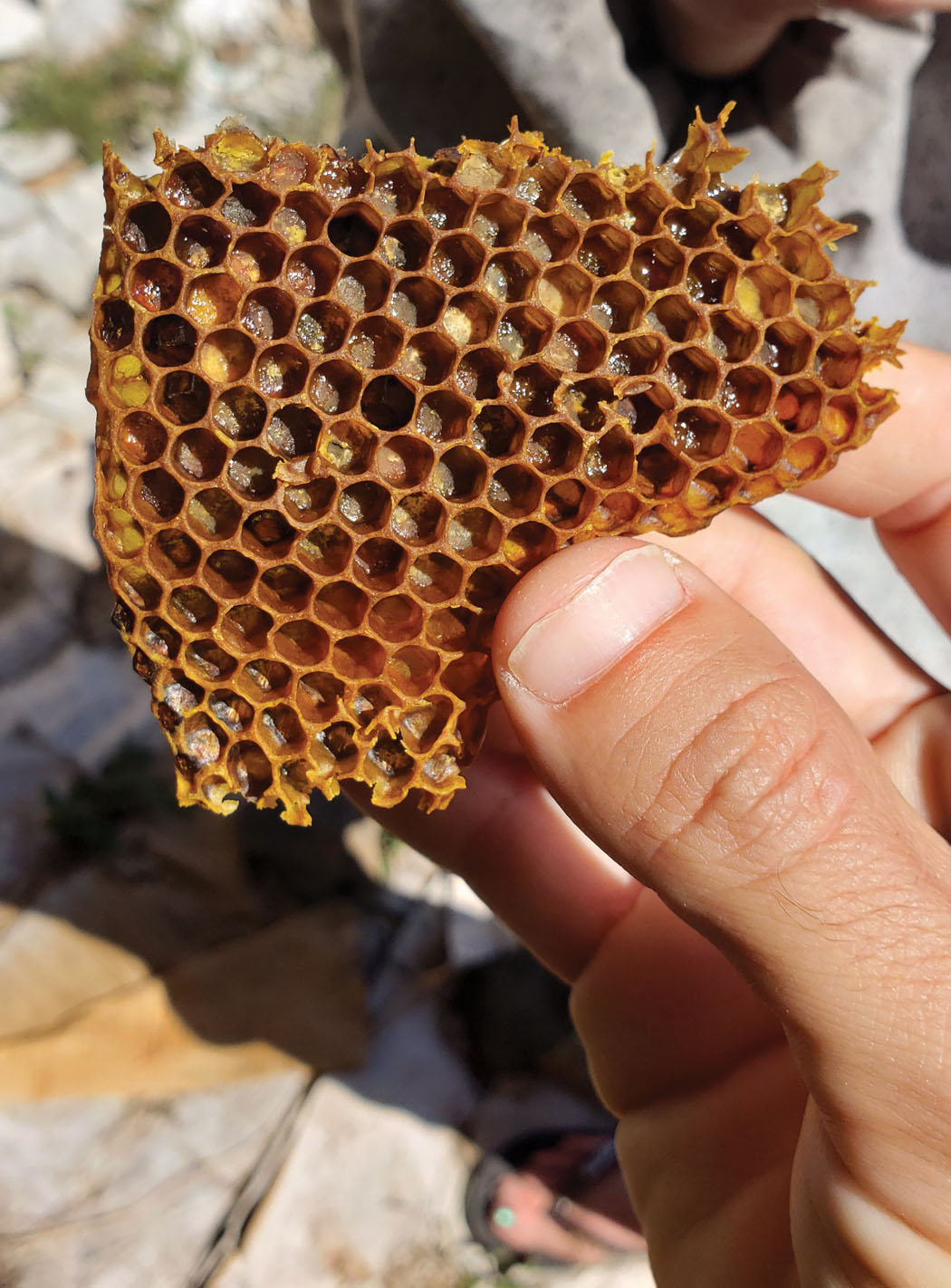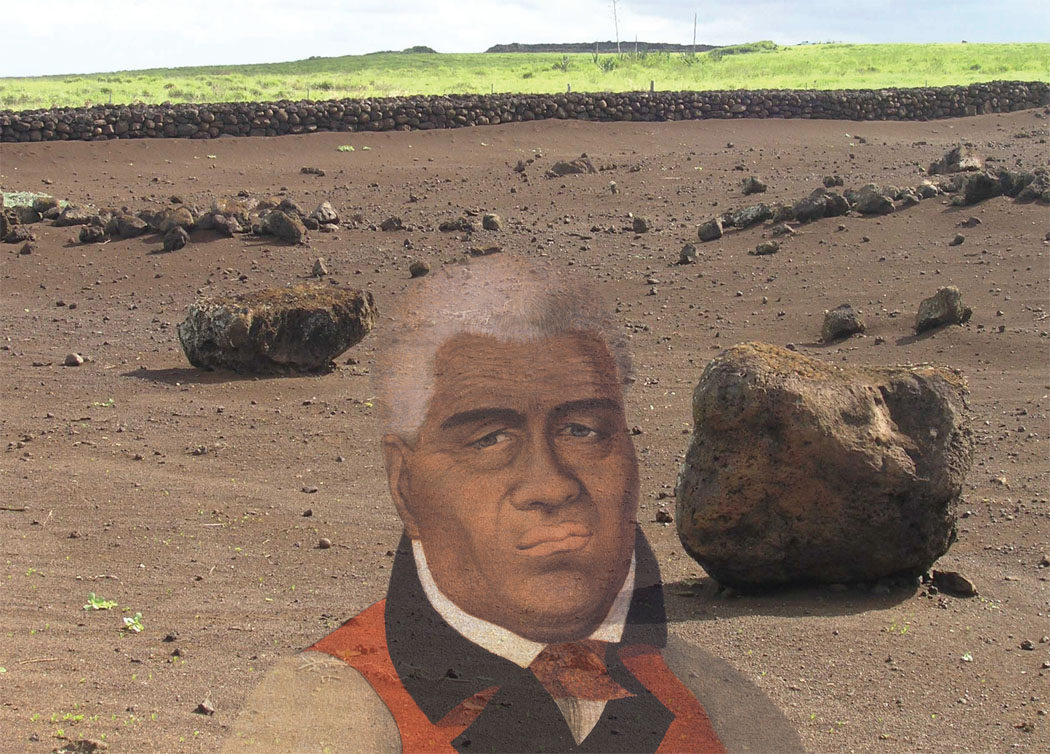
Kamehameha’s Birthplace, and the Many-Layered History of Kokoiki, Kohala

By Jan Wizinowich
Kamehameha’s birth was a legacy that ultimately unified the islands, but that legacy began many generations before. His birthstones, located in Kokoiki, lay next to Mo‘okini Heiau, built in 480CE, on the northwest tip of the peninsula that comprises the North Kohala district.
If you walk along the coastline there, you will sense mana (spirit). Everything is motion and power. The kalāhuipa‘a winds sweep down Kohala Mountain to tease the surging sea crashing onto the boulders below. A beckoning Maui sits shrouded on the northern horizon and Mo‘okini Heiau appears in glimpses, a darkness looming behind the brow of a hill.

Heiau were built as a way to connect with greater beings and give tribute to, and call upon, the gods for assistance. With Hawi to the north and Lapaka‘i to the south, Mo‘okini, dedicated to the war god Kū, was a center of power where the lives of the people were both protected and sacrificed.
Mo‘okini Heiau was built by Kuamo‘o Mo‘okini, whose family heiau tell the story of their journey across the Pacific. “We always built on the north end of the island to have a commanding view. This heiau was built in one day and the walls were six feet high. There were 150 people sacrificed at that time,” relates Mealani Lum, descendent and with her father Oliver, current heiau guardian.
Throughout the centuries, Mo‘okini descendants have continuously acted as its guardian/priests. Before Oliver and Mealani, Oliver’s mother Leimomi Lum, her father Dewey Lum, and her uncle Heloke, acted as guardians.
Just outside the entrance on the right is the foundation of the house of mu. The mu was instructed as to how many human sacrifices were necessary and he would go and collect people. Although the human sacrifices were mostly prisoners of war, the mu had the authority to take anyone necessary to make up the numbers, making the area a dangerous place to be.
“Because of human sacrifice, nobody lived near the heiau or dared to walk through here. They either were on a canoe or walking up mauka, and if you were on a canoe you had to lower your sails when you passed,” explained Mealani.
Turning Point
Late in the 13th century, Pa‘āo, a priest from Tahiti, arrived. He then departed and returned with Pili, a chiefly ancestor of Kamehameha, who was to be the new ali‘i nui (high chief).
Although he constructed three other heiau on the island, Pa‘āo centered himself in North Kohala, where he was given permission by the Mo‘okini family to extend the heiau from a height of six feet to 30 feet.
As many as 18,000 men, in a line from Pololū, passed stones to construct the towering walls that would shield the ali‘i and their ceremonies from the maka‘āinana (commoner). A luakini-class heiau (large temple where ruling chiefs prayed), Pa‘āo rededicated Mo‘okini to the war god Kū, instituted a stricter kapu (sacred) system, and increased human sacrifice, the ultimate gift of mana to the gods.
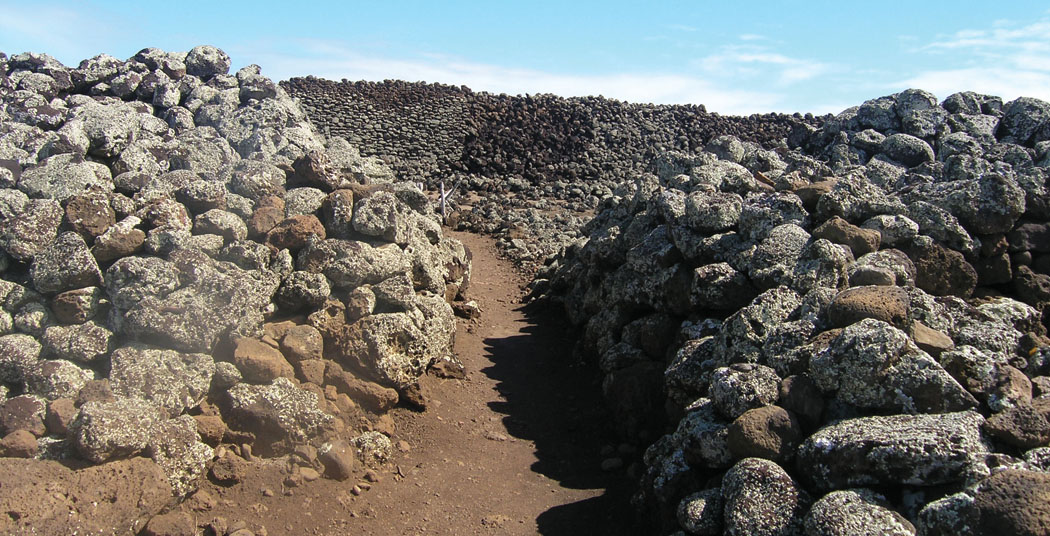
Kamehameha’s Birth
Fast forward to the mid-18th century. Alapa‘inui was high chief of Kohala and Kona. There were wars going on between Hawai‘i Islandʻs chiefs and between Hawai‘i Island and Maui’s chiefs. When Keku‘iapoiwa, wife of Keoua, became pregnant with Kamehameha, their kahuna (priest), perhaps seeing the need for a unifying force, prophesied that he would be a great unifying king and a killer of chiefs. On hearing the prophesy and fearing for his position, Alapaʽinui, decreed that the infant should be killed at birth.
There is much mystery surrounding the year of Kamehameha’s birth as well as his paternity. According to S.M. Kamakau, Kamehameha was born in 1736 during Alapa‘inui’s reign. However, this date has been challenged by the claim that a bright and beautiful star, thought to be Halley’s Comet, appeared the night before Kamehameha’s birth, which would put his birth year at 1758.
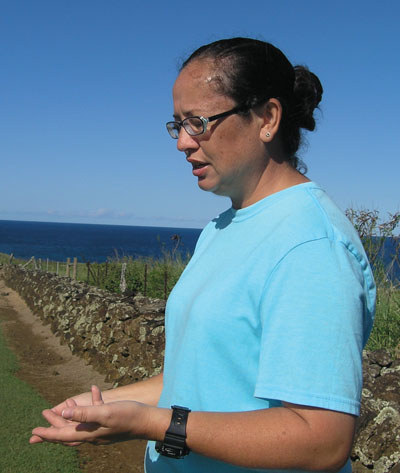
It’s been suggested that the king of Maui at the time, Kahekili, was his biological father and indeed, Kamehameha was born on a canoe on its way from Maui, according to Oliver Lum, as related to him by his great Uncle Heloke Lum.
With winds howling, waves crashing, and pelting rain, one can only imagine the skill of the men who sailed the canoe across the ‘Alenuihāhā channel that stormy November night. But it was imperative that Kekuʽiapoiwa get to a luakini-class heiau in order that her ali‘i child could receive his birth rituals. By the time the canoe landed at Kapakai in Kokoiki, Kamehameha was already born and he was taken immediately to the heiau.
“You have to have birth rituals because the mana was in the blood and in the piko. You had to have birth rituals and you had to have priests of a high enough order you could trust to put those secrets away, never to be told,” explained Oliver.
Kekuʽiapoiwa was taken to the birthstones, where she birthed the placenta. “She was having trouble with the afterbirth so they brought her on shore and she used the rocks. She finally laid down and put her feet up on the flat rock and that worked,” related Mealani.
The great warrior, Naeʽole was selected by Kekuʽiapoiwa to be kahu (honored attendant) for the child and immediately after the rituals were completed, he whisked the infant away with Alapa‘inui’s forces following soon after. On their way to Awini, an easily defensible plateau three valleys past Pololū, he enlisted the help of the entire Kohala populace in what Fred Cachola calls the “grand Kohala conspiracy” to protect the infant. (See “To Celebrate the King: Kamehameha Day and Kamehameha’s Legacy of Aloha” in Ke Ola Magazine, May/June 2017).
Kohala and the Mo‘okini heiau comprised a spiritual home for Kamehameha. “Our family was here for Kamehameha’s birth and afterwards when he came of age, he came to worship. That’s what’s been passed down through our generations,” explained Mealani.
Eventually, Kamehameha built Pu‘ukoholā heiau and transferred his war god Kuka‘ilimoku there, but Mo‘okini Heiau, under the guardianship of the Mo‘okini family, continued as a place of worship and a center of mana for the North Kohala district.
A Place of Historic Preservation and Learning
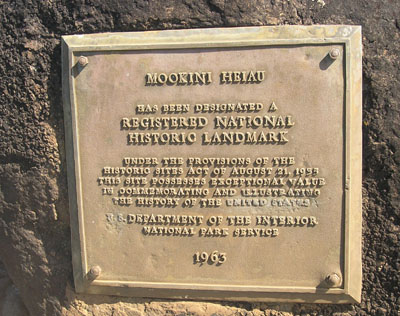
The Kokoiki birthstones and Mo‘okini heiau remain a constant, a place of mana, protected by generations of the Mo‘okini family. The land surrounding the heiau has changed from forest to sugarcane to grassy slope, but the heiau and the birthstones have remained as portals to the past.
In 1963, through the efforts of Uncle Heloke, Mo‘okini was designated as Hawai‘i’s first National Historic Landmark. Uncle Heloke also acted as guardian for the birthstones. For a time during the plantation era, the stones were obscured by tall sugarcane. “There was cane right up to the wall line. Uncle Heloke worked for the plantation and he worked really hard to make sure they didn’t move the rocks,” said Mealani.
In 1977, upon the death of her father Dewey, Leimomi Lum became the next kahuna nui and in 1978 she lifted the kapu and opened it for educational purposes as a way to share Hawaiian history and culture with the children of the community.
Both the heiau and the stones are part of the Kohala Historical Sites State Monument, created by the Hawai‘i State Legislature in 1992. Through a collaboration between Hawaiian Civic Club, the Royal Order of Kamehameha, the Department of Land and Natural Resources, and Kamehameha Schools, the area around the birthstones was cleared of weeds and a protective wall was built. In 2005, Kamehameha Schools purchased the land around the heiau and the birthstones in an effort to protect the sites from any possible future development.
Mo‘okini heiau and Kamehameha’s birthstones stand in testament to the enduring Hawaiian culture and the stories of this land. ❖
Resources:
Mahalo Oliver Lum, Mealani Lum, and Ski Kwiakowski for lending your mana‘o (wisdom) for this story. Other resources: S.M. Kamakau, Abraham Fornander.
Mahalo to Kings’ Shops—Culture Story Sponsor
